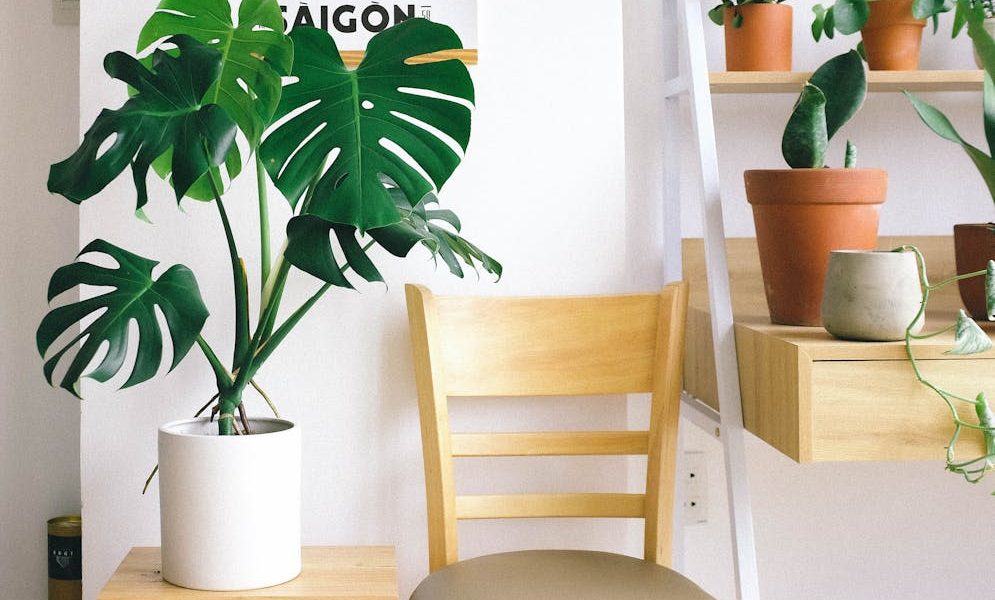
In today’s fast-paced urban lifestyle, it’s easy to feel disconnected from nature. Thankfully, there’s a design trend that seeks to connect people with nature through the incorporation of natural elements into the built environment. This is possible regardless of your home improvement location. It’s called biophilic design, and it’s a design philosophy that has been gaining popularity in recent years. In this article, we’ll explore how biophilic design can transform your urban home into a natural oasis. We’ll discuss the four key principles of biophilic design and provide practical tips on how to incorporate them into your home.
Principle 1: Natural Light and Views
The first principle of biophilic design is to maximize natural light and views of the outdoors in your urban home. Natural light is essential for our physical and mental well-being, and it’s also a great way to connect with nature. By bringing in more natural light, you can create a sense of openness and spaciousness in your home. What if your home improvement location doesn’t currently have much light?
Large windows, skylights, and strategically placed mirrors can help bring the outdoors in and create a more open and inviting atmosphere. You can also use window treatments that allow natural light to filter through while providing privacy and shade.
Principle 2: Indoor Plants
The second principle of biophilic design is to incorporate indoor plants into your home decor. Indoor plants are an excellent way to introduce greenery and natural elements into your living spaces. They can also help improve air quality and add visual interest to your home.
Choose low-maintenance plants that thrive indoors and place them strategically throughout your living spaces. You can use hanging planters, wall-mounted planters, or potted plants to create a natural oasis in your home. Some of the best indoor plants include snake plants, peace lilies, spider plants, and pothos.
Principle 3: Natural Materials
The third principle of biophilic design is to use natural materials such as wood, stone, and bamboo in your interior design. Natural materials can create a sense of warmth and texture in your home and help connect you with nature.
Opt for sustainable and eco-friendly materials whenever possible to minimize environmental impact. For example, you can use reclaimed wood for flooring or furniture, or choose bamboo blinds instead of synthetic materials. You can also use natural stone for countertops or accent walls to add a touch of nature to your home.
Principle 4: Outdoor Living Spaces
The fourth principle of biophilic design is to create outdoor living spaces in your urban home. If space allows, you can create balconies, patios, or rooftop gardens where you can relax and connect with nature. Outdoor living spaces can also enhance the visual appeal of your home and increase its resale value.
Incorporate elements like potted plants, water features, and comfortable seating to enhance the outdoor experience. You can also use natural materials like wood or stone for your outdoor furniture to create a cohesive design that connects with nature.
Call Heidan Construction Today
Incorporating biophilic design principles into your urban home can help create healthier and more harmonious living spaces. By maximizing natural light and views, incorporating indoor plants, using natural materials, and creating outdoor living spaces, you can transform your home into a natural oasis that connects you with nature.
Whether you’re looking to create a calming retreat from the hustle and bustle of urban life or simply want to add some natural elements to your home, biophilic design is a great way to achieve your goals. So, why not give it a try and see how it transforms your home and your life?









